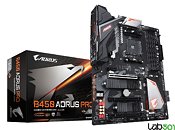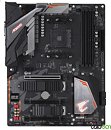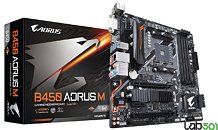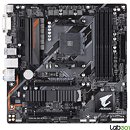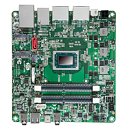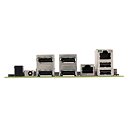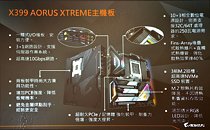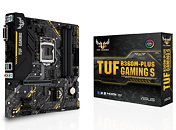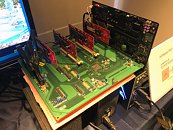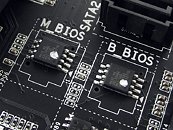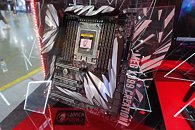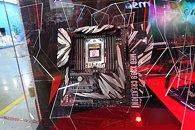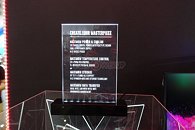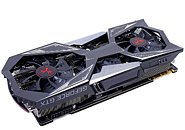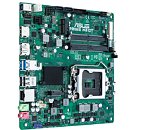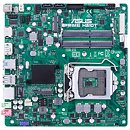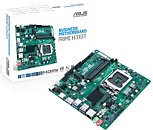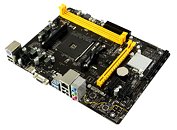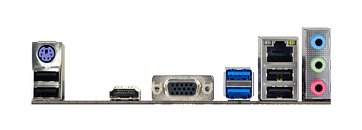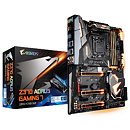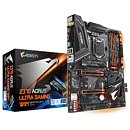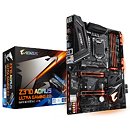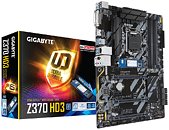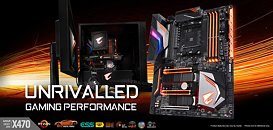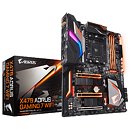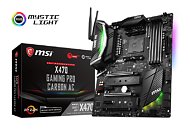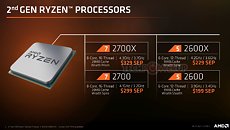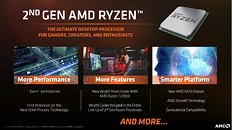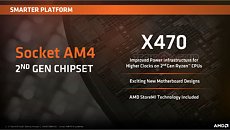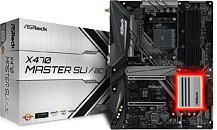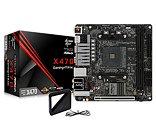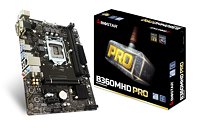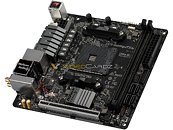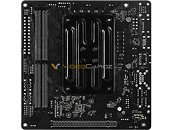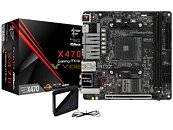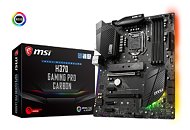
Intel Z370 Chipset Motherboards Get 8-core CPU Compatibility BIOS Updates
A variety of motherboards based on Intel Z370 Express chipset began receiving the first BIOS updates that add compatibility with upcoming Intel 8-core processors. The updates are flagged "beta" by the manufacturers. Given that only Z370 (and not other 300-series chipset models) have such updates, it's possible that Intel could restrict the first socket LGA1151 8-core processor SKUs (which could be unlocked "K" variants with higher TDP) to Z370 chipset, as the chipset has stronger VRM requirements than other chipset models that don't support CPU overclocking.
To support the upcoming processors, the BIOS needs to include the latest 06EC microcode revision. Various motherboard manufacturers, such as ASUS, ASRock, and MSI, have released beta BIOS updates with this microcode, as confirmed in AMI Aptio inspection tool screenshots. The 06EC microcode, detailed in this slide-deck from Intel, hardens the machine against newer variants of the "Spectre" vulnerability. Older revisions of this document also mentioned support for Intel Core "9000 series" processors, before Intel scampered to redact it.
To support the upcoming processors, the BIOS needs to include the latest 06EC microcode revision. Various motherboard manufacturers, such as ASUS, ASRock, and MSI, have released beta BIOS updates with this microcode, as confirmed in AMI Aptio inspection tool screenshots. The 06EC microcode, detailed in this slide-deck from Intel, hardens the machine against newer variants of the "Spectre" vulnerability. Older revisions of this document also mentioned support for Intel Core "9000 series" processors, before Intel scampered to redact it.


